

Green Fern Plant – Boston Fern Plant
Boston Fern Plant has graceful green, drooping fronds that are naturally cut in such a way to give a ruffled looking effect and therefore it looks really good in a hanging basket or in a place where the fronds can hang down over something, for example on the edge of a bookcase or shelf. It’s also one of the plants for removing air pollutants from the air and because of its almost insatiable appetite for water, it pumps out large amounts of water vapor into the nearby air, thereby increasing humidity.


Light
Reasonable light levels are needed. A Boston Fern Plant will accept some full Sun and some quite shady areas, but for a happy and healthy-looking plant you should aim for a fairly bright spot which does not receive harsh sunlight. A North facing window would be ideal. East (or West in a pinch) would be acceptable, but south facing in full sunshine should be avoided.


Watering
All ferns are sensitive to watering routines and the Boston Fern Plant is no different. The soil should be almost always moist in all seasons except for winter, during which you only need to water when the soil surface is dry. Moisture is great, but do not over water to a point where the soil becomes sodden and completely saturated. Try where possible to use rain water, but if you can't provide this, tap water is okay. Just make sure its been allowed to sit at room temperature for an hour because very cold water can shock the roots.


Fertilization
All ferns are sensitive to watering routines and the Boston Fern Plant is no different. The soil should be almost always moist in all seasons except for winter, during which you only need to water when the soil surface is dry. Moisture is great, but do not over water to a point where the soil becomes sodden and completely saturated. Try where possible to use rain water, but if you can't provide this, tap water is okay. Just make sure its been allowed to sit at room temperature for an hour because very cold water can shock the roots.


Humidity
Boston Fern Plant do need a high level of humidity to really thrive. They absolutely love moist air, will accept average levels, but will suffer if humidity is low. Avoid placing near radiators or hot air vents which dry out the air considerably. This is the plant for the bathroom providing it has natural light and you can fit it in somewhere. Wherever it ends up, if practical mist the leaves regularly or check out some other ways to increase humidity.
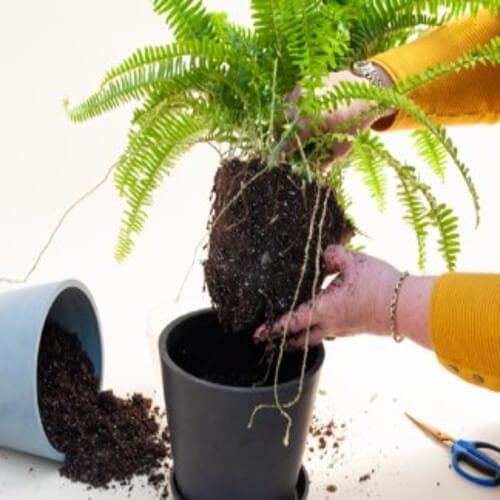

Repotting Boston Fern
The size of the pot determines the space the roots have to grow, and thus the size of the plant. If your fern is in a small pot and looks like it’s about the split the sides of the container, repot it into a bigger pot. If you don’t want the plant to grow and larger, then remove it from the pot, shake off the spoil, and trim back the roots. Boston Fern Plant will recover from the stress of a root pruning in a few days with the right care. Always ensure that your container has plenty of drainage holes.


Propagating Boston Fern Plant
Gardeners can propagate their Boston ferns using the division method, or by separating the runners. Runners are the tiny new shoots that grow out of the plant. You can spate these new runners, and grow them into a new Boston fern. However, the division of the roots is the most popular method for propagation of Boston ferns. Dig up the fern, and then separate the roots from each other. Divide the plant until it’s the required size, and then re-pot all of the new plants separately. Carry out your dividing work in the early spring, and give the roots of the plant the entire growing season to recover, making them stronger the following year.
Plant Care Tips
- Yellow leaves/fronds: It could be from using hard cold water, exposure to draughts, chemicals or toxic smoke, i.e. from coal fires. Natural ageing also produces yellowing leaves.
- Brown leaves/fronds: In most cases this is a result of dry air, or allowing the soil to dry out too much before re watering. Annoyingly it can also be a indication you’re overwatering. The soil should be moist for much of the time, so think back over what you have been doing and adjust to better meet the Boston Ferns requirements. Cut the brown off as the green won’t return.
- Overwatering can also lead to the development of root rot in the fern. If root rot occurs, you’ll notice that the tips of the fronds start to turn yellow and die off. If the air is to dry, the plant will also begin to burn.
- Leaf Drop: Some leaf drop is normal. By “some” we literally mean the odd couple of leaves every week or so. If you’re getting more than that it’s likely a watering issue. Namely not enough.
- Scale can be a problem and so can Red Spider Mite if the air around the plant is dry. Check the plant for these bugs every few weeks and remove the effected fronds completely or look at organic means of pest control. Red Spider Mite can be deterred by providing high levels of humidity (which the fern prefers anyway).




Our Favourable Aspects
Potting Mixture: It’s a mixture of appropriate amounts of soil, cocopeat & organic vermicompost. Provides best environment to the plant’s roots. It also contains slow-release Fertilizer which gives nutrients to the plants every time it is watered for 6 months.
· Packaging: Plant is secured in a good quality cardboard packaging. Inner Box holds the potted plant in place so that any movement during transit does not affect the plant. Outer box has slits which allow the plant to breathe freely during transit.

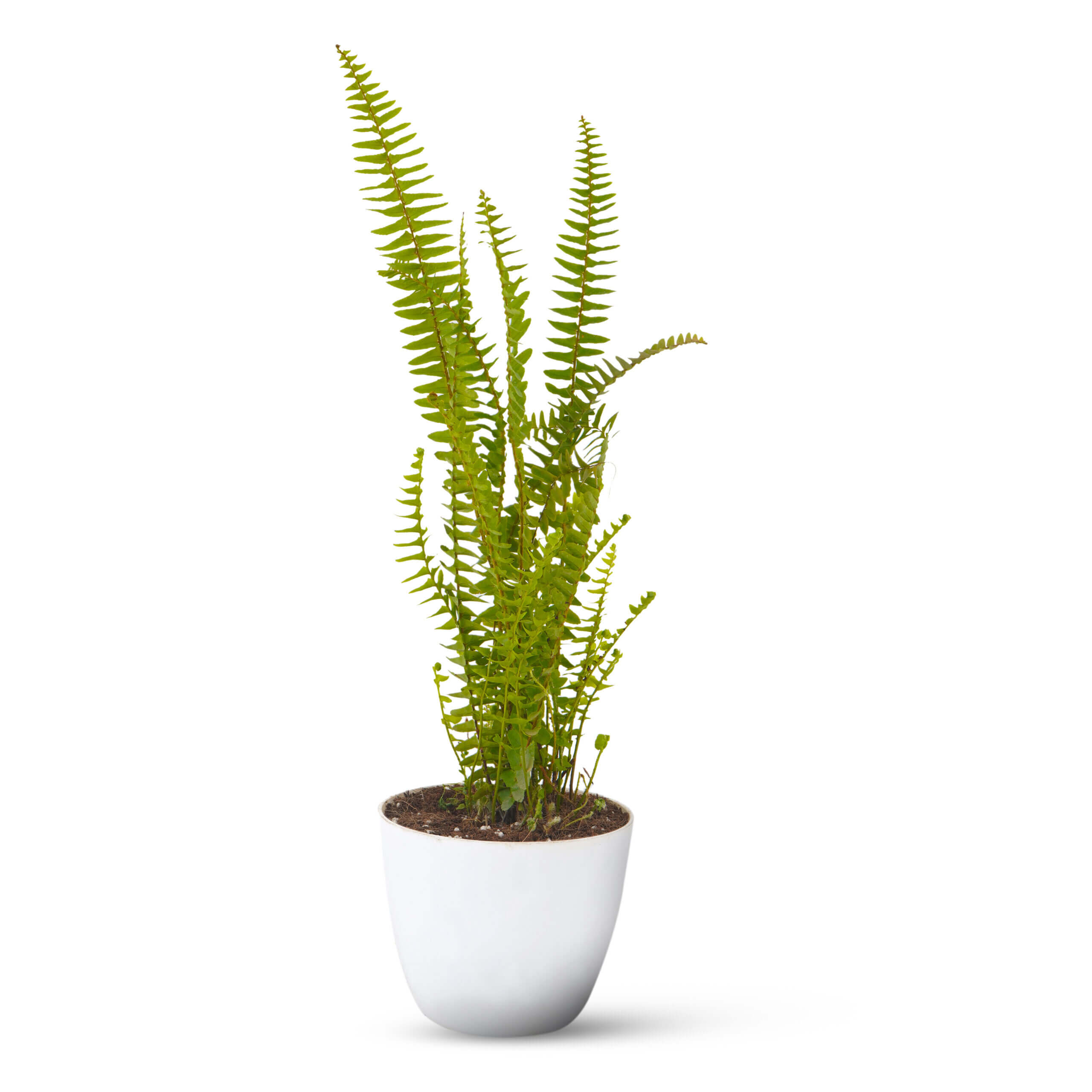






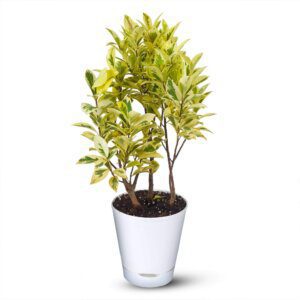

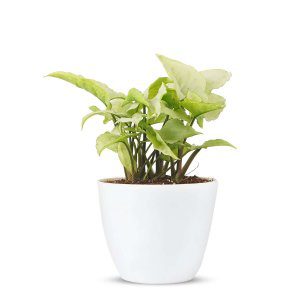
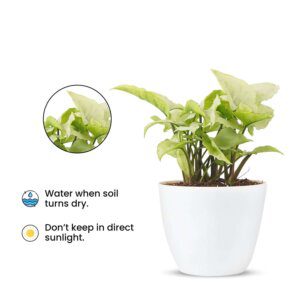
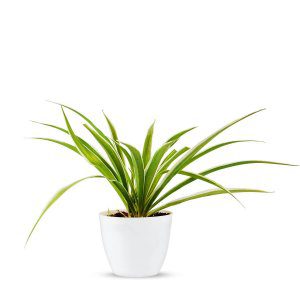
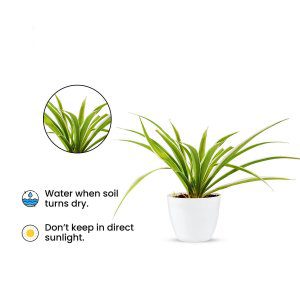


Reviews
There are no reviews yet.